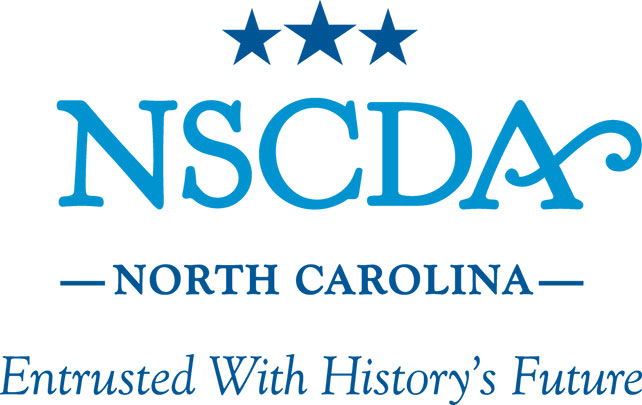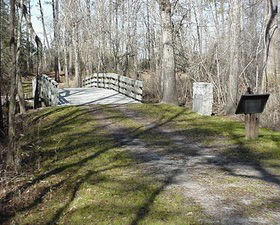2019 Florence Kidder Memorial Scholarship - First Place Essay by Jacelyn Matthias
We won a battle at Moore’s Creek Bridge this morning. It was a decisive victory. Under the command of Colonel Caswell, we have been preparing to stop the Loyalists all week. Our first order was to set up camp at Corbett’s Ferry on the Black River. We seized the ferry and waited for the Loyalists to arrive (Johnston). Col. Caswell told us that the Loyalists were Scottish Highlanders recruited by the Royal Governor of North Carolina, Josiah Martin (Johnston). It did not matter to me who they were, though. I believe in independence for the colonies, and they did not. That is all I needed to know. We finally saw them on the opposite side of the bank later that evening, and a few gunshots were traded. As an attempt to confuse us, the Loyalist Scots began to play their bagpipes and set off fireworks (Johnston). All the while, Col. Caswell knew they were building a bridge. He instructed us to leave our campfires burning, then led us to Moore’s Creek Bridge where we joined forces with another group of Patriots (Johnston). Over the next few days we prepared the land surrounding the bridge for battle. In the two days waiting at Moore’s Creek, we and Colonel Lillington’s men built berms of earth to shoot from on one side of the bridge. “Old Mother Covington” and her “daughter”, the cannons under the charge of Col. Caswell, were positioned pointing towards the expected arrival of the Loyalists (Johnston). We lit decoy fires to deceive the Loyalists again. Finally, we removed the wooden planks from the bridge and greased the beams with our soap (Barefoot). My fellow Patriots and I were eager to see the Scots attempt to cross the slippery bridge. Personally, I felt the simple sight of their struggle to cross Moore’s Creek Bridge would be worth all the sacrifices I have made for the fight against the King. Col. Caswell and Col. Lillington suspect that the Loyalists found the false campfires around one this morning. However, the Loyalists did not march on towards the bridge until daybreak (Barefoot). I was on watch duty. My eyes were heavy with sleep, when I heard the noises coming from the woods. It was the sound of bagpipes and soldiers yelling, “King George and broadswords!” A few hundred Loyalists emerged from the forest on the opposite side of the bridge, marching with swords raised overhead (Barefoot). They fell quickly as they attempted to cross the slick bridge; swords were no match for our artillery power (Johnston). It was over as soon as it started. Dozens of dead or dying Loyalists were strewn around the bridge. Only one of our men was injured greatly: Private John Grady (Barefoot). He has become a great friend of mine. For the past month, we have spent every evening together playing cards or checks. We spoke of our fathers, mothers, sisters, and brothers. Our primary subject, though, was the ladies waiting for us to return from the fight. Our bond was forged out of an intense longing for our homes. No one, not even me, believes he will survive. Immediately after the battle ended, we were dispatched to hunt the fleeing Loyalists (Johnston). I have just returned from this chase and am told I will be sent back out in the morning. I pray that we will catch them all. I pray that the sacrifices of this battle will matter in the long journey to our independence. Six miles from my home in western Pender County, the Moore’s Creek National Battlefield honors the events of the momentous battle described in this historical fiction diary entry. The Battle of Moore’s Creek Bridge was the first Patriot victory in the Revolution. It ended British rule in North Carolina and ultimately prevented royal troops from infiltrating the South for several years (“History & Culture”). The battlefield and reconstructed bridge serve as a continual reminder of the Patriots’ vision of independence for our country during the Revolution. |

 27 February 1776
27 February 1776